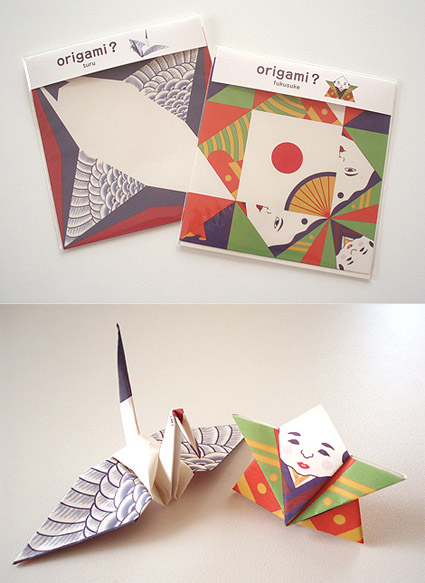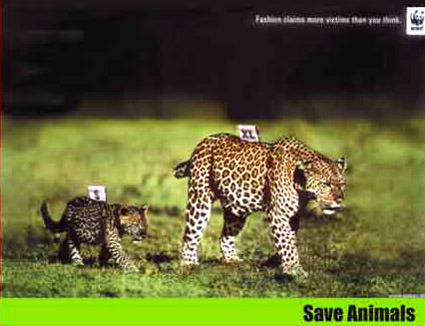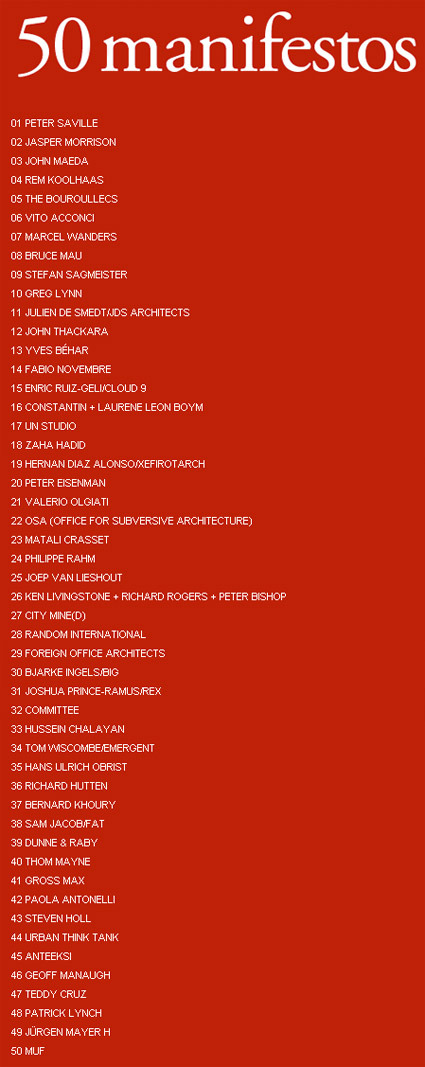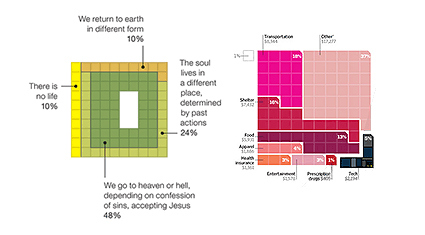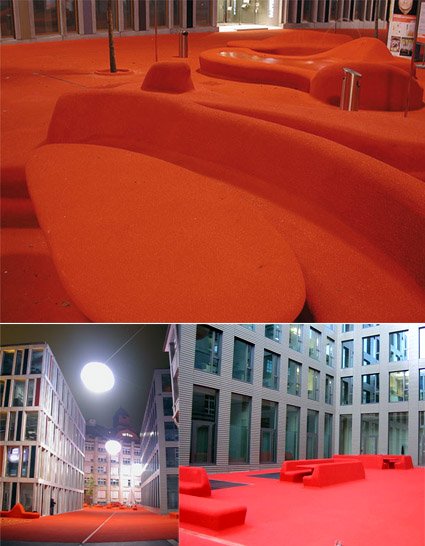
I came across this series of images by font foundry MAC Rhino showing the design process for a font used by fashion retailer H&M. I think it’s really some great work, because at first look (and maybe even with second, third and fourth looks) you’d probably think it’s hand written with a typical marker pen used in retail shops.
I think this is one of the tougher tasks in font design – to mimic a very natural organic writing into a systematic font. The little nuances of every stroke has to be accurately captured, edited and re-edited (you can see some of that process on the top few images – the pencil mark shows the editing comments). We have seen how a font that mimics handwriting or scripts can easily become unnatural – you know it’s just a font (cue BrushScriptMT, perhaps the notorious Comic Sans even).
For this H&M font though, they’ve made it look effortless. I think that’s probably one of the defining elements of great design actually – an execution that looks effortless (when it’s most likely anything but).


